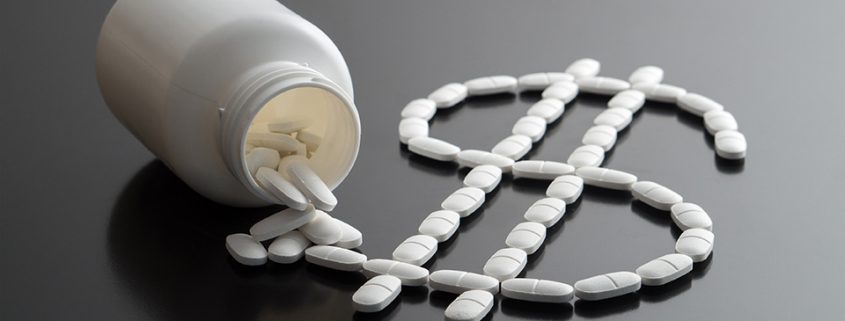Never-Ending Debate About AMA’s Sunshine Approach to Drug Prices?
Recently, the AMA voted in favor of recommending that federal agencies require drugmakers to include prices in direct-to-consumer ads. Resolution 236 proposes forcing drugmakers to state the suggested retail price of any drug advertised DTC. The AMA is pushing to advocate this position through federal agencies, the FDA, FTC and the FCC. The resolution will also throw influence towards legislation that would require manufacturers to provide public notice, if the wholesale price of any brand or specialty drug increases by 10% in a 12-month period, and for the FTC and Attorney General to “take legal action to address price gouging.”
The voice vote was completed after a failed ban of pharmaceutical DTC advertising in general, and at a time of rising concern in the industry regarding new product pricing. Scandals such Mylan’s Epipen pricing and, of course, the Turing Pharmaceuticals odyssey, have cemented a declining reputation in big pharm. However, controversy lingers as to how effective this measure might be, as this news arrives in the form of unprecedented territory.
Spokesperson Holly Campbell of phRMA summarized the gist of professional concerns over the AMA’s efforts in an email, claiming the proposal “would provide no meaningful benefit to patients,” adding that “price-comparison websites already exist” to educate the patient on costs. If anything, many professionals feel this supplementary information might educate the patient in ways that are not conducive to a healthy doctor-patient relationship. In one survey, 79% (1,343 doctors) agreed that DTC advertisements make patient visits more difficult. As one participating hematologist explained, DTC advertisements create a scenario where “The physician no longer starts with a clean slate. The physician now starts with the burden of de-educating the patient from irresponsible and fantastic expectations.” Pricing, therefore only comes as more criteria that influences a patient’s uninformed prescription bias before even meeting their doctor. It’s also worth considering that many of the advertised medications are more expensive, and it may become an insensitive etiquette issue to place a price on a priceless, life-saving drug.
At the same time, the AMA insists that the measure is a strong first step in promoting transparency in the industry. “There seems to be no logic—or warning—to these price spikes,” says AMA president-elect Barbara L. McAneny, MD. The data also echoes this need, as one study shows prescriptions advertised DTC saw prices increase by 34.2%, compared to 5.1% for other medications. It might also be argued that establishing price normalities will set benchmarks for future value-based models, both in pricing expectations and holding pharmaceutical companies to performance standards in order to justify their product costs.
All in all, this may need to be digested as one of those milestone moments: impossible to judge quickly in their practicality. Many doctors argue arming patients with superfluous educational material is a detriment to their relationship, while industry professionals and regulators are keen to start building frameworks for a more controlled system to pricing.



